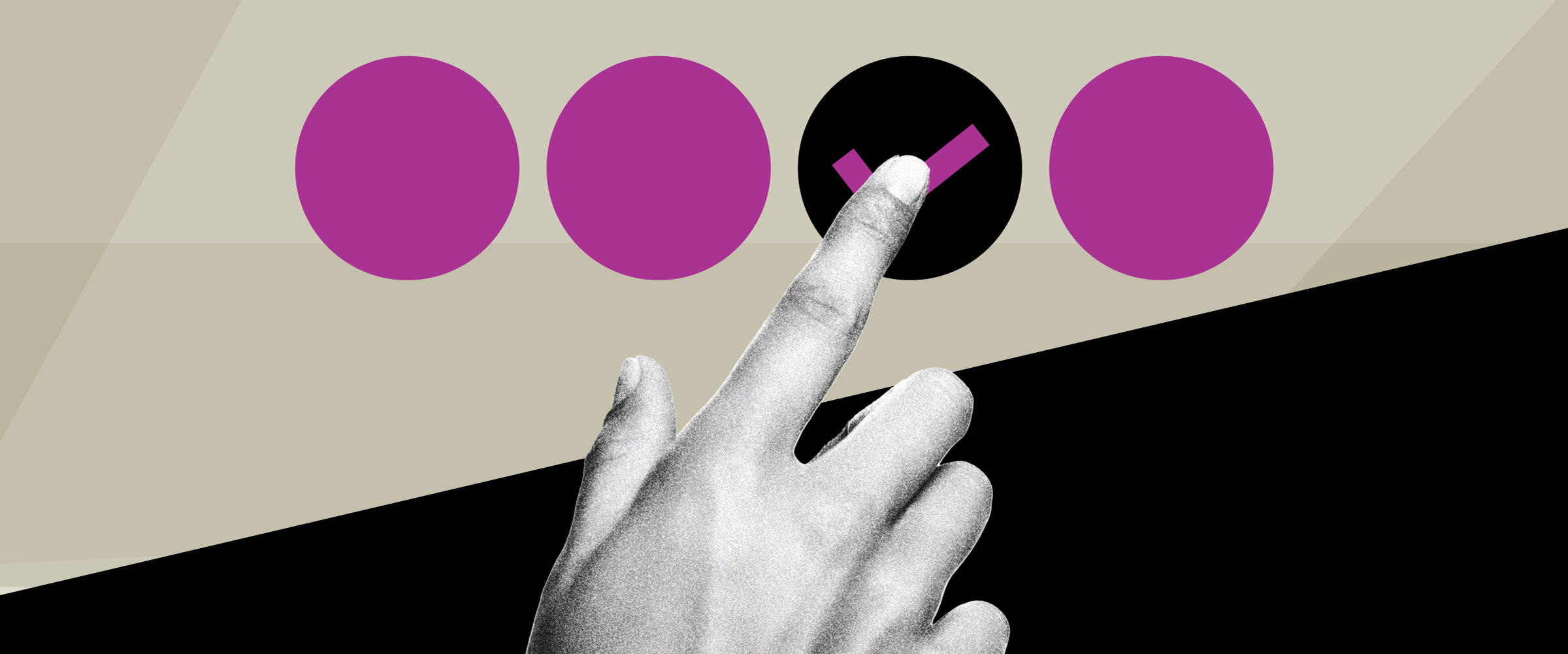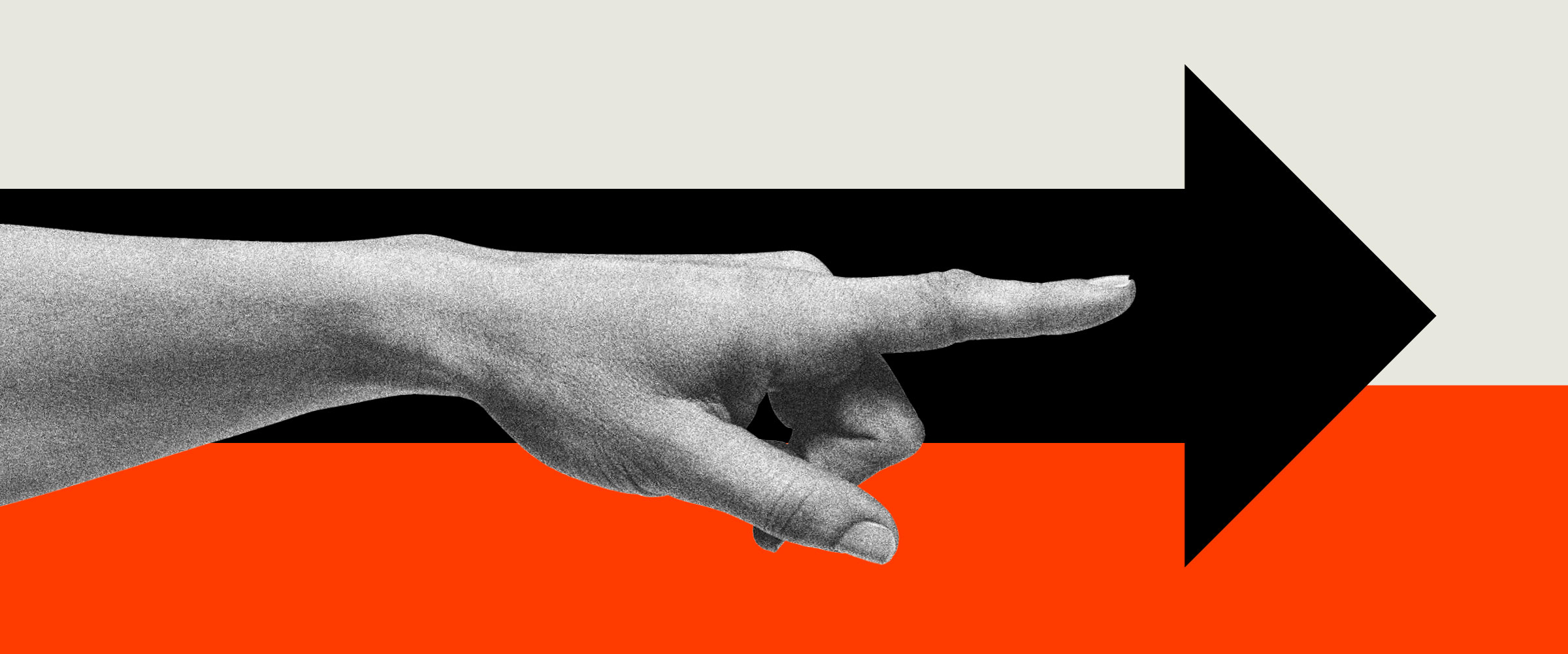
Branding is shifting from art to science. Markets no longer reward originality, they reward resolution. As AI transforms every search into a quest for solutions, the advantage moves to brands engineered for ultra-relevance. Problem-solving, not differentiation, is becoming the true engine of competitive advantage. The brands that master it will own the decision moment.
Brand strategy is entering its scientific age. For decades, marketing relied on intuition, creative instinct, and the borrowed language of psychology. It worked well enough when differentiation still meant something, when a clever slogan or a sharper logo could make a product stand out. But markets no longer work that way. Every category is saturated, innovation cycles last months, and customers are now algorithmically trained to seek one thing above all: solutions.
We’re in a new brand world of marketing, and the brands that will dominate are the ones that solve customer pain points so completely that the customer’s alternatives fade from view. De-Positioning is the strategy that gets you there.
From Differentiation to Diagnosis
Traditional positioning was built for a slower economy, when competition was linear and mental availability was scarce. Trout and Ries framed it as “the battle for your mind.” But today, it’s a battle for milliseconds in an AI-mediated search result. The old logic of differentiation—“be unique, find the white space”—collapses in today’s markets where white space no longer exists. Every new benefit is copied instantly. Every emotional purpose is commoditized by the next campaign cycle.
De-Positioning begins where differentiation fails. It replaces the creative instinct to “stand out” with the analytical discipline to solve better. It identifies the dominant problem in a customer’s life or category and owns the solution so completely that competitors become irrelevant. De-Positioning is not a marketing philosophy. It’s cognitive buying science.
De-Positioning begins where differentiation fails. It replaces the creative instinct to “stand out” with the analytical discipline to solve better. It identifies the dominant problem in a customer’s life or category and owns the solution so completely that competitors become irrelevant.
The Cognitive Basis of De-Positioning
Human decision-making is built on friction. Every purchase begins with discomfort—a gap between the current state and a desired one. The Engel-Blackwell-Miniard Model of Consumer Behavior, still the most comprehensive framework for understanding buying decisions, starts with Problem Recognition. Everything that follows—search, comparison, and purchase—is simply an attempt to close that gap.
Brands that define the problem most clearly are the ones most likely to be chosen to solve it. That’s because the brain gives priority to relevance over originality. This is where De-Positioning diverges from differentiation. Differentiation asks customers to admire you. De-Positioning helps them identify with you.
In cognitive terms, this creates schema congruence: a mental alignment between what the customer needs and what the brand represents. The result is faster recall, higher trust, and greater perceived value—the measurable components of Ultra-Relevance.
The Science of Subtraction
Most brands still practice additive strategy: more features, more channels, more personality. The assumption is that attention equals advantage. But in behavioral buying science, attention decays exponentially when cognitive load increases. Translation: the more a brand says, the less it’s remembered.
De-Positioning works through subtraction. It doesn’t invent new meaning; it redistributes it. By reframing a competitor’s defining strength as a weakness, it triggers what psychologists call retroactive interference—the process by which new associations overwrite old ones.
Apple’s “I’m a Mac” campaign remains a textbook example. It didn’t claim superiority. It simply reframed Microsoft’s scale and seriousness as bureaucracy and boredom. Within a year, the word PC no longer described a product, it described a personality. This is not persuasion. It’s neurological editing. The brand becomes the cognitive default not by shouting louder but by clearing memory space in the customer’s mind.
Why Problem Solving Becomes Advantage
Relevance is a neurological condition. When a customer perceives a brand as a direct answer to their problem, the decision process shortens, the emotional risk of purchase decreases, and the likelihood of repeat purchase multiplies. This explains why problem-solving brands outcompete purpose-driven or differentiated ones. Purpose appeals to ideology. Differentiation appeals to aesthetic or emotion. Problem-solving appeals to neuroeconomics. It delivers certainty—a closed cognitive loop between need and reward.
This explains why problem-solving brands outcompete purpose-driven or differentiated ones. Purpose appeals to ideology. Differentiation appeals to aesthetic or emotion. Problem-solving appeals to neuroeconomics. It delivers certainty—a closed cognitive loop between need and reward.
This is why Volvo’s safety obsession has endured for more than sixty years. The brand doesn’t sell cars, it reduces risk. Why Oatly disrupted an entire industry by mocking the dairy establishment rather than mimicking it. And why Apple continues to make privacy its defining virtue. Each of these brands mastered the de-positioning equation: take a cultural or functional pain point, frame it as a flaw in the incumbent model, and make the solution feel incomparable.
Case Study: Oatly and the Psychology of Cultural Pain
Oatly’s success wasn’t just about oat milk. It was about anxiety. At the moment when climate consciousness met consumer fatigue, Oatly located the cultural pain point—the guilt of consumption itself—and turned it into a platform for irony. While the dairy industry anchored itself in wholesomeness and purity, Oatly made the same values feel performative and dated. “It’s like milk, but made for humans,” became the headline of cultural provocation disguised as copy.
The brilliance of Oatly’s strategy lies in its reframing: dairy was no longer the natural choice; it was the unnatural habit. By attacking the assumption that milk equals health, Oatly de-positioned the entire category without ever claiming to be different. It claimed to be right. That distinction—between different and right—is the essence of Ultra-Relevance.
AI and the New Laws of Visibility
Artificial intelligence is accelerating this shift from differentiation to De-Positioning at machine speed. The old internet rewarded awareness. The new internet rewards accuracy. Large language models, recommendation systems, and voice interfaces don’t evaluate emotional storytelling; they evaluate solution quality. In an AI-driven search ecosystem, the only brands that surface are those that align with the query’s intent: solve my problem.
In effect, AI is institutionalizing De-Positioning. Every time a user asks ChatGPT, Alexa, or Gemini for a recommendation, the algorithm filters out irrelevance. It strips away noise, novelty, and brand theatre—anything that doesn’t deliver functional resolution. The AI implication for brand strategy is profound. The age of brand awareness is ending. The age of solution awareness has begun. Brands that lead with differentiation or purpose will struggle to be found. Brands that lead with clarity of problem-solving will dominate the top of algorithmic recall. In AI search, the battle for attention has become a battle for resolution ranking.
From Relevance to Ultra-Relevance
Ultra-Relevance occurs when a brand’s problem-solving narrative fuses so completely with a customer’s decision heuristic that alternatives cease to exist. It is not loyalty, it’s dependency. Apple’s ecosystem achieves this through integration: devices, data, and design combine to remove friction from daily life. Oatly achieves it through identification: consumers see their own skepticism and irony reflected back at them. Different mechanisms, same outcome—competitors fade into the background because the brand has become cognitively self-sufficient. The equation is simple but unforgiving:
Problem solved × Competitor reframed = Ultra-Relevance.
In this state, the brand no longer competes for choice; it owns the context in which choice is made.
The Data Behind the Discipline
Empirical evidence supports what De-Positioning has long implied. According to McKinsey’s Experience-Led Growth research, companies that prioritize customer experience grow revenue 41% faster and retain customers 51% longer than competitors that don’t. The data, replicated across multiple sectors, reinforces a simple truth: clarity and consistency of problem-solving outperform inspired creativity for its own sake.
Empirical evidence supports what De-Positioning has long implied. According to McKinsey’s Experience-Led Growth research, companies that prioritize customer experience grow revenue 41% faster and retain customers 51% longer than competitors that don’t.
Cognitive science explains why. The brain rewards processing fluency—the ease with which information is understood. The more fluently a brand communicates how it solves a problem, the more credible it feels. Distinctiveness sparks curiosity, but fluency delivers belief. Ultra-Relevance is fluency perfected: the moment when a brand’s solution is instantly intelligible, its value self-evident, and its competitors less worthy.
The Competitive Consequence
Brands that fail to master this shift are not simply less appealing; they become invisible. AI will not reward effort; it will reward evidence. The algorithm will not index inspiration; it will index problem resolution. In a marketplace governed by search intent and solution ranking, the most customer-centric company wins by default—not because it markets better, but because it aligns more tightly with how intelligence itself, human or artificial, evaluates relevance.
This is why De-Positioning isn’t just a marketing framework. It’s a predictive model for competitive survival. Viewed scientifically, De-Positioning is not the art of persuasion but an engineering discipline. It designs memory architecture. It reduces cognitive load. It replaces metaphor with mechanics. Its governing law is simple: In a world of mass information, customer meaning belongs to the brand that resolves the problem the most completely. It’s the Science of Ultra-Relevance.
The Final Equation
The future of brand competition won’t be measured in reach, impressions, or awareness. It will be measured in resolution speed—how quickly a brand connects a problem to a solution in the mind of both the customer and the algorithm. Differentiation sought attention. De-Positioning engineers belief.
And belief, unlike awareness, is not rented through media. It’s built through memory. Brands that understand this shift will stop chasing differentiation and start constructing Ultra-Relevance—the biggest problem solved, the decision moment owned, all competitors erased.



